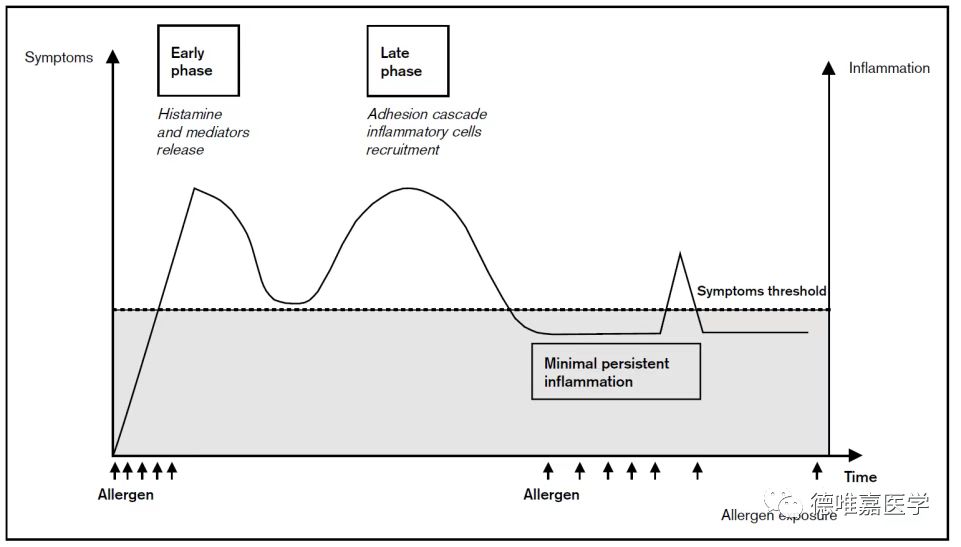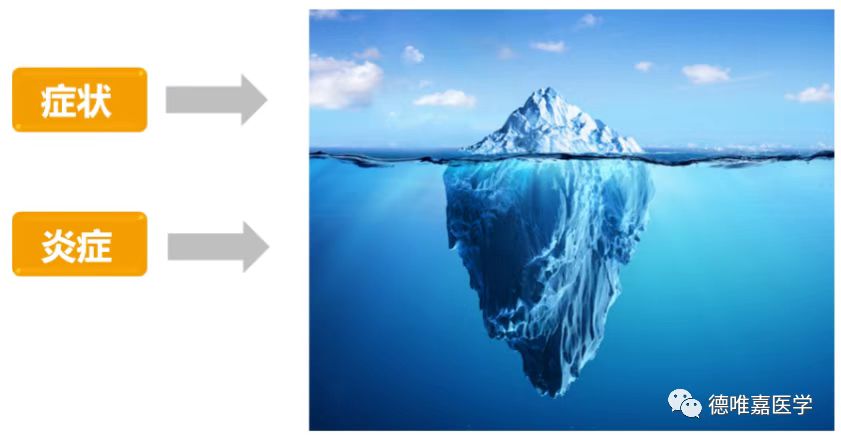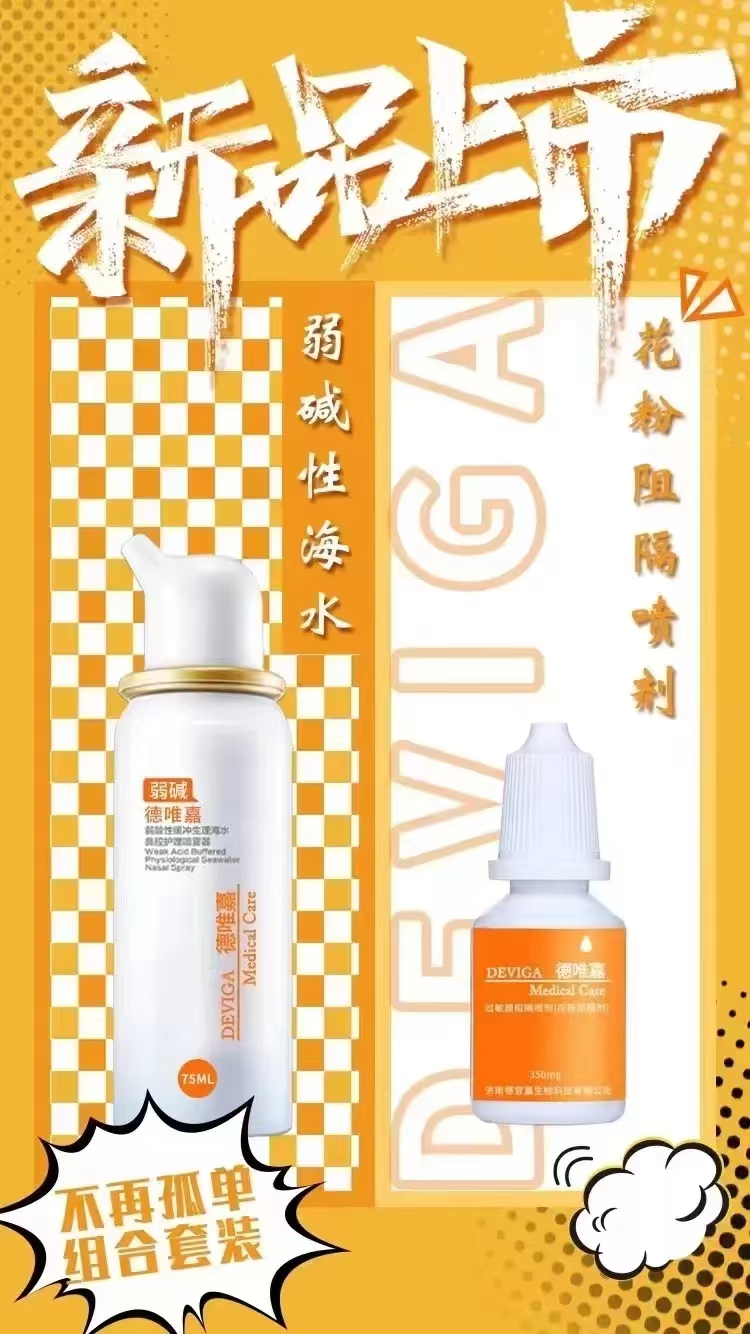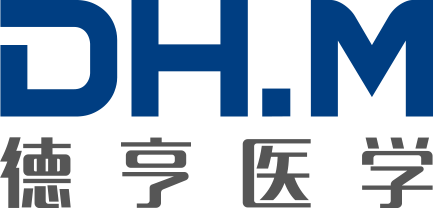Seasonal allergic rhinitis (SAR) induced by pollen is one of the important epidemics in China, also known as "hay fever" or "pollen syndrome". It mainly manifests as catarrhal inflammation of the upper and lower airways/eyes, which can also cause skin or other organ lesions. Although it rarely endangers life, it attacks every year and causes great pain to patients, significantly affecting their quality of life. Because of the characteristics of pollen floating in the air, the pollen concentration in northern China is significantly higher than that in southern China, so the incidence rate of seasonal allergic rhinitis is significantly higher than that in southern China, reaching more than 18.5%. If allergic rhinitis becomes severe, it will cause allergic asthma. According to a set of statistics, children with allergic rhinitis account for about 40% of the total number of children with rhinitis, and over 30% of children with allergic rhinitis will suffer from asthma. Therefore, allergic rhinitis patients should not underestimate this disease.

The main airborne pollen causing pollen syndrome includes spring pollen and autumn pollen. In spring, the pollens of Juniper, wutong, white wax, birch, poplar, etc. are the main pollens; Common autumn pollen is mainly composed of Artemisia pollen, humulus pollen, and ragweed pollen. There is a study in China that analyzes the clinical characteristics of allergic rhinitis patients in 13 large cities across 7 different geographical regions. The results show that the peak periods for allergic rhinitis patients are in August and September. And exposure to artemisinin pollen allergens is the main reason for the peak autumn medical treatment in these cities.
Pollen syndrome has obvious seasonality, but currently there are studies proposing the concept of minimal persistent inflammation (MPI), which suggests that in the early stages of plant pollen dissemination, a small amount of pollen particles can cause mild and persistent inflammatory reactions in the nasal mucosa of pollen syndrome patients. Patients may not have obvious symptoms, but the nasal mucosa may show infiltration of inflammatory cells such as eosinophils, resulting in a highly reactive state of the mucosa. The persistent presence of inflammatory reactions can cause tissue remodeling of the respiratory tract. The study also found that inflammation can still be observed in the nasal cavity during hypoallergenic exposure, despite asymptomatic symptoms in patients. This mildest persistent inflammation (MPI) stimulates the nasal mucosa, leading to increased sensitivity to allergens and an increased inflammatory response under certain allergen exposure. Inflammation exists both before the onset of allergic symptoms and at least 4 weeks after symptom recovery to baseline level (see Figure 1).

The obvious symptoms in clinical practice are just the tip of the iceberg for allergic reactions, and the results of occult inflammation and allergic reactions are essentially consistent (see Figure 2). From a clinical perspective, although avoiding allergens is an important component of disease management, taking preventive measures alone often does not improve symptoms. The concept of MPI suggests that symptoms are no longer the sole target of AR treatment, and controlling asymptomatic inflammatory response is the fundamental aspect of treatment. This indicates that the treatment strategy for hay fever should be improved with the goal of reducing inflammation and symptoms, that is, continuous treatment throughout the entire allergen exposure period, rather than treatment based on symptoms and needs. Early intervention treatment (EIT) before the pollen season may be of great help in controlling mucosal inflammatory reactions.

Figure 2 Symptoms and inflammation in allergic reactions
At present, symptomatic treatment - hormone drugs; Surgical treatment; Targeted therapy immunotherapy (AIT); Standard treatment combined with allergen blocking spray.
Antihistamine drug
The effect of second-generation H1 antihistamines on MPI is based on the anti-inflammatory effects of certain formulations in these drugs, mainly inhibiting the expression of ICAM-1 and eosinophil infiltration.
These types of drugs take effect quickly, but contain hormones. Long term use can lead to drug resistance and side effects such as drowsiness and fatigue, affecting normal work and life, and they are highly dependent. So the elderly and children should use less of these drugs. The Aria guidelines also emphasize that children should pay special attention to the side effects of treatment, so children often do not have medication available. Allergen blocking spray is a great choice for treating allergic rhinitis in children because it has no side effects and does not contain hormones. It forms an inert barrier in the nasal cavity and is easy to use without any side effects, making it very suitable for children to use.

Surgical treatment, at the cost of blocking the sympathetic nervous system in the nasal cavity and damaging the nasal mucosa, has a high recurrence rate. Teenagers and children, due to their high sensitivity to drug therapy, high surgical difficulty, and significant mucosal damage, may experience long-term loss of nasal function. Physiological damage to the nasal cavity may be irreversible for life, and they should be extremely cautious in accepting nasal and sinus surgery.
Immunotherapy
Allergen specific immunotherapy (ASIT), also known as desensitization therapy, is a method of gradually increasing the dose of allergens sensitized by the patient and maintaining it at the optimal dose for a sufficient period of time (usually 3-5 years) to induce immune tolerance in the patient. Immunotherapy can increase the patient's tolerance threshold to external allergens, thereby increasing the threshold for clinical symptoms. Immunotherapy is theoretically effective, but in reality, it is difficult to accept due to various reasons (such as prolonged treatment, inconvenient frequent injections, and patient intolerance to injections). The treatment time is long, and patients with simple allergies generally need to undergo a 3-year process, followed by observation for several years at any time. During immunotherapy, there may also be systemic discomfort. For children, it is recommended to undergo desensitization treatment at the age of five and above.
Standard treatment combined with allergen blocking spray
In the journal Advancements In Therapy, the study included 30 subjects aged 18-33 with moderate intermittent allergic rhinitis who were in the recurrent stage. The main allergens were pollen, ragweed, sunflowers, and pseudoxanthium. Evaluate the therapeutic efficacy of this product by comparing standard treatment with combination therapy.
Compared with the results of standard treatment, a statistically significant difference (p<0.05) was observed within the combination treatment group. After four weeks of observation, comparing the two study groups, it was found that patients receiving combination treatment had substantial relief in subjective indicators of severity and actually improved their quality of life.

Therefore, the data presented in this study can lead to the conclusion that this product is beneficial as part of the comprehensive treatment of intermittent allergic rhinitis.
Reference:
[1] Wang XY, Ma TT, Wang XY, et a1 Prevalence of pollen induced acute rhinitis with high pollen exposure in grasslands of northern China [J] Allergy, 23 Mar 2018, 73 (6): 1232-1243
[2] Ming Zheng, Xiangdong Wang, Meng Wang, et a1 Clinical characteristics of acute rhinitis patients in 13 metropolitan cities of China [J] August 2020 Allergy 76 (2)
[3] Canonica GW, Compalati E. Minimal persistent inflation in acute rhinitis: implications for current treatment strategies Clin Exp Immunol 2009 Dec; 158 (3): 260-271
[4] Ricca V, Landi M, Ferrero P, et al. a1. Minimal persistent inflammation is also present in patients with seasonal acute rhinitis [J]. J Allergy Clin Immunol, 2000105 (1 Pt 1): 54-57
[5] Dong Zhen. Emphasize drug treatment for the mildest and most persistent inflammatory response in allergic rhinitis [J]. Chinese Journal of Otolaryngology Head and Neck Surgery, 2008, 15 (5): 247-248

